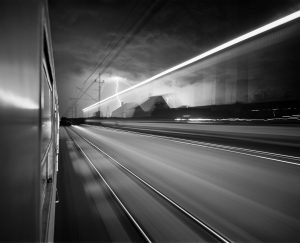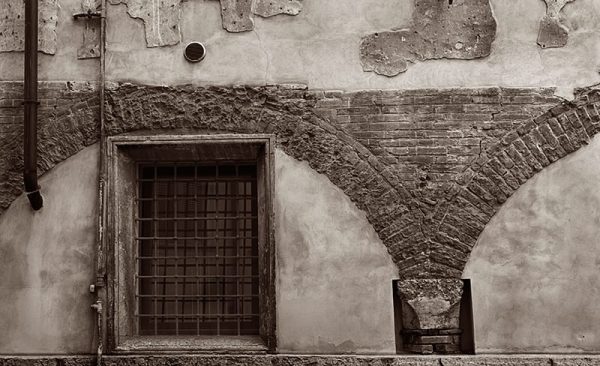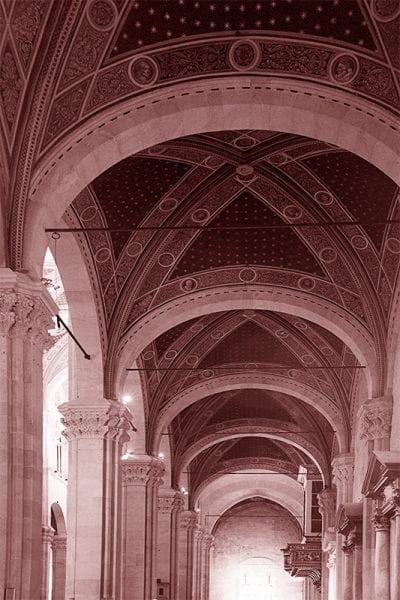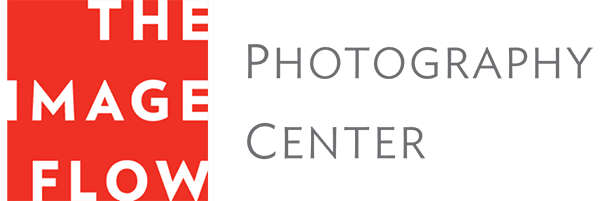

Mark Nelson, photographer and developer of the patented Precision Digital Negatives process, says you always have to be on the lookout for an opportunity. Mark gave up a successful career in the mental health industry to pursue photography, and while he has a loyal following of galleries and collectors, he is known for a system for generating the best digital negatives for alternative processes.
“I was working on my own work and became very curious about alternative process,” says Mark. “I was fortunate to have access to and be influenced by two important photographers, Sandy King and Sam Wang. I asked them to test my method using a variety of alternative processes, and it worked for all of them. Then they encouraged me to write a book.”
His first book Precision Digital Negatives for Silver & Other Alternative Photographic Processes was an instant hit and he’s now working on two more books, one on photopolymer gravure and the other is a follow-up to the first, which features all the complete methods and workflows he’s come up with to create his incredible prints.
Mark travels the country, and indeed the world, teaching workshops designed to help his students find the best way to manipulate both analog and digital images. His advanced workshop on platinum/palladium printing covers everything he’s done with Precision Digital Negatives since the first book came out.
Herewith, we ask Mark six questions about his career move, how he balances work and play, and the role of the alternative processes in our ever-digital world.
What was the catalyst for your career change?
I had a really good career in mental health, so I felt like I’d done that. I’ve done photography since I was 10 years old and I always thought it would be great to have two careers. I knew I wouldn’t be able to make a living just doing fine art, especially right in the beginning, so I figured out how much time I wanted to work on my own work, which was four days per week, and how much time was I willing to work for other people, which was three days per week. I looked at what skills I had that would produce the income I needed, and I came up with computer programming and other photography related skills. I had set aside money for purchasing really high-end equipment and I also started doing reproduction work and printing and scanning.
Do you have any tips for others wanting to make a career change into photography?
In preparing for my transition, I wrote out a vision statement—I thought that would be really difficult, and then ended up writing it on a napkin over breakfast one day. What it amounted to was figuring out what it was in the world I’m curious about, and then following that curiosity and taking my camera along; documenting my exploration of things that I was curious about and being honest about my work.

How has the PDN process influenced your career as a photographer?
Keeping the balance is difficult; I could do a lot more workshops, but I have to scale that back so that I have time for my own work. Finding the balance between being able to create your own work and the teaching and writing is not an easy thing to do.
What is the role of alternative processes in the digital world?
I think people really like making things with their hands and pressing the button isn’t very satisfying. When you make an inkjet print it’s flawless and repeatable, but then so is my system. There’s something that these alternative processes offer that you cannot achieve in an inkjet print, colors, and textures that are not available. I think galleries really like the alternative processes; they’re permanent, they require skill. I do think people jump into alternative processes thinking that it’s going to make their work better. It doesn’t inherently make your work better, you’ve got to have a vision and you’ve got to have skill. That’s not to say a great inkjet print doesn’t take a heck of a lot of skill, but it’s a different process.
The subject matter of your work most often includes nudes, still lifes, nature, and intimate landscape. Do you feel these subjects are particularly suited to alternative process photography, or is alternative process photography particularly suited to the subjects you enjoy shooting?
That’s a tough question and it’s a complicated answer. I think alternative photography has a richness to it that I want to use to display my images. It brings something to the work that I’m trying to do that I couldn’t get necessarily by just doing an inkjet print. While I’m shooting the work, I’m usually thinking about how I’m going to print it. I’m working mainly with platinum/palladium on one hand, and photogravure on the other, and that’s really a broad range—those are two palettes that really give me a lot of options. If an image feels more textural, I can go with photo gravure, but if it feels more tonal, then I would use platinum/palladium printing.
How do you see your role as a photographer in the evolving landscape of the medium?
I try not to worry about what the rest of the world thinks. I see a lot of beautiful work and then I see a lot of trash shown that really hurts my eyes. In my workshops, I try to teach how to make prints that are easy on a person’s eye … Everybody wants their work to be appreciated; I sell more to private collectors than anything. I don’t worry about how many I sell, and often I do very small editions. I’m fortunate to be able to do that and to meet the people that I do. I would hope that whoever has bought a print from me continues to enjoy it for their entire lifetime.
Mark Nelson will teach Platinum/Palladium Printmaking With Precision Digital Negatives October 20 – 23, 2016, at The Image Flow.

